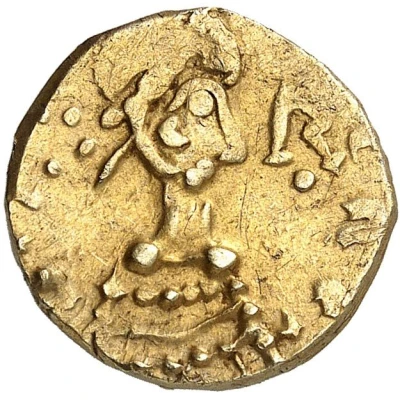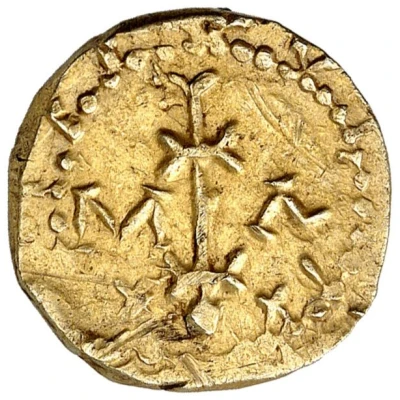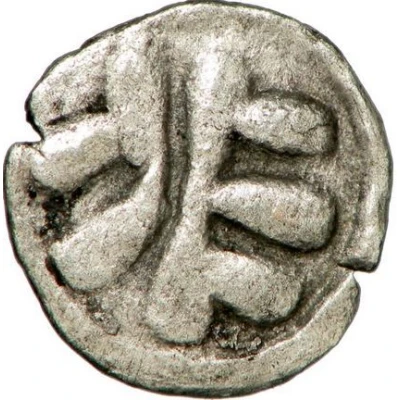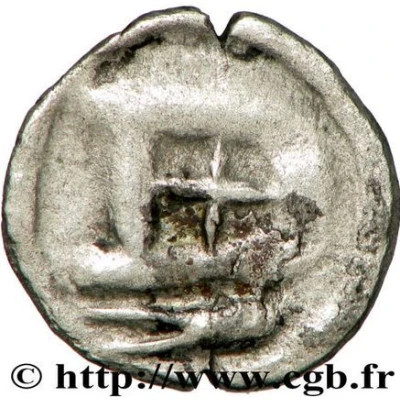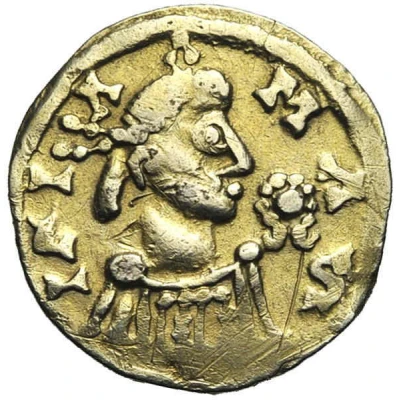
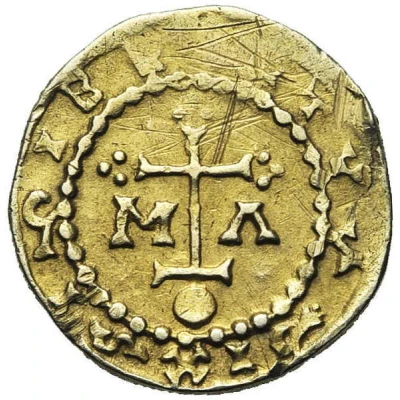

© Jean Elsen & ses Fils s.a.
Solidus - Sigebert III Marseille
| Gold | 3.66 g | - |
| Issuer | Kingdom of Austrasia (Frankish Kingdoms) |
|---|---|
| King | Sigebert III (639-656) |
| Type | Standard circulation coin |
| Years | 639-656 |
| Value | 1 Solidus |
| Currency | Tremissis (476-670) |
| Composition | Gold |
| Weight | 3.66 g |
| Shape | Round (irregular) |
| Technique | Hammered |
| Orientation | Variable alignment ↺ |
| Demonetized | Yes |
| Updated | 2024-10-09 |
| Numista | N#331693 |
|---|---|
| Rarity index | 100% |
Reverse
Latin cross above a globe, with three points on each arm. In the field, M-Λ.
Script: Latin
Lettering: SIGIBERTVS RIX
Translation: Sigebert, king.
Comment
The Roman solidus was traditionally divided into 24 siliques and the tremissis into 8 siliques. The various Germanic peoples who settled in the empire imitated the Roman and Byzantine solidi, while adopting a lighter standard. At the end of the 6th century, probably in 587, the masses of solidi and tremisses minted in the kingdom of the Franks were lowered by an eighth. Expressed in siliques, the value of the solidus went from 24 to 21 siliques and that of the tremissis from 8 to 7 siliques. The change is clearly indicated on the coins minted in Marseilles which bear the marks XXI and VII. These light solidi and tremisses imitate the emissions of Constantinople, from Justin II to Heraclius. Under the reign of Clotaire II, the name of the king replaced that of the emperor and a new weakening was decided, the solidus being henceforth minted at 20 siliques. This use continued under the reign of Dagobert I and his son Sigebert III, with successive weakening of the alloy.Interesting fact
One interesting fact about the Solidus - Sigebert III (Marseille) coin is that it features a unique blend of Christian and pagan imagery. On one side, the coin depicts a cross, which symbolizes the Christian faith, while on the other side, it features a depiction of the Roman goddess Victory, highlighting the cultural influences of the time.
